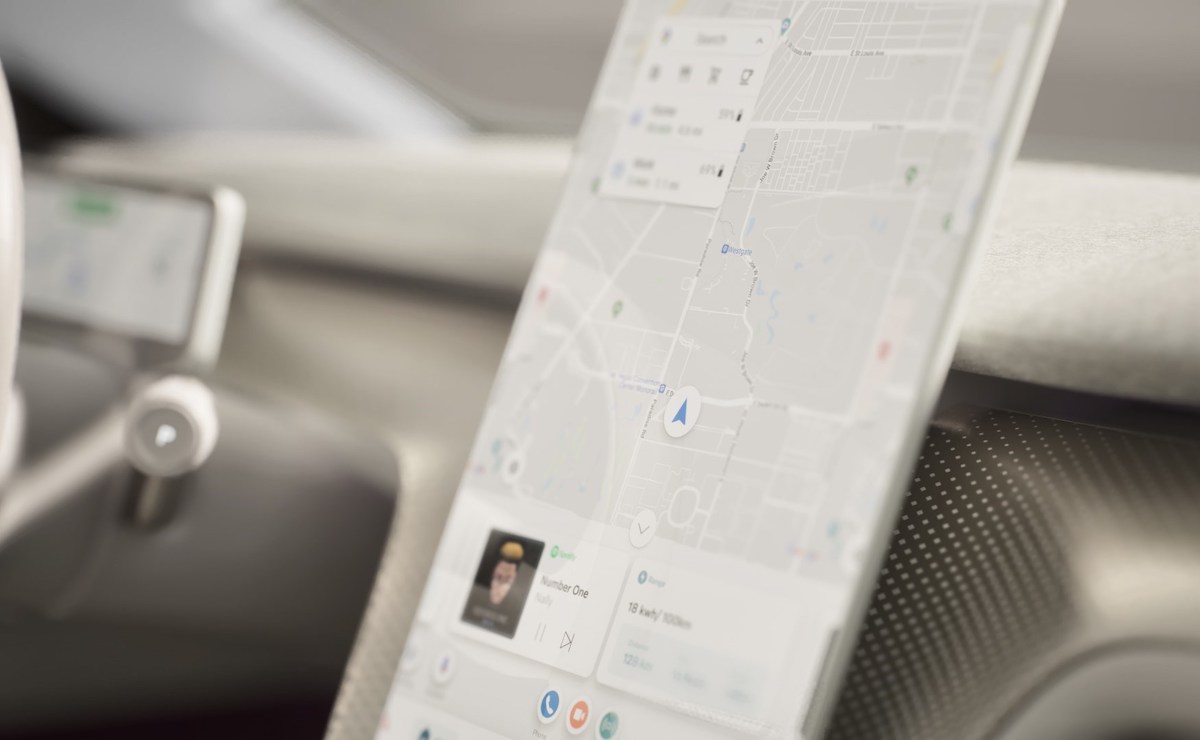Following the outbreak of the COVID-19 pandemic more than two years ago and its spread around the world, the global automotive market has declined by approximately 15% and 18% respectively in the past two years compared to 2018. This year was expected to see a slight upturn and a gradual easing of the chip shortage after the third quarter, but unfortunately, adverse circumstances like the Russia-Ukraine war, Shanghai lockdown, rising raw material costs and exchange rate fluctuations have once again disrupted the supply chain and increased production costs. What's more, rumor has it that Russia will restrict exports of inert gases (helium, argon), a crucial ingredient for making semiconductor chips. Russia accounts for 30% of the global supply of inert gases, which means that the current chip shortage may remain a problem this year. In this predicament, even Elon Musk is planning to lay off 10% of Tesla employees (likely in connection with the Twitter acquisition), not to mention the world's major traditional automakers that have not yet been able to explore new opportunities with EVs. They are bound to take a significant hit in sales and profits again this year.

Since profits have been hit for several years in a row, why do major automakers continue to increase R&D investments year after year? In the two fiscal years 2018/2019 and 2019/2020, annual R&D spending by the world's top 20 automakers reached a record high of US$90 billion and US$89.6 billion, respectively, which represents an increase of nearly 20% over the 2014/2015 fiscal year, and that doesn't include the accrued US$60 billion financial support from the Chinese government in the form of a policy that promotes EVs. I think automakers are willing to continue to invest in R&D at the expense of profitability for three main reasons …
- The R&D expenses of the semiconductor industry and Tier One suppliers (especially in the fields of batteries and autonomous driving) are even more impressive. Whether it is semiconductor giants that supply automotive chips, battery manufacturers or self-driving technology companies, we see a lot of hard work on new key technologies for automobiles. If automakers do not make corresponding efforts, the foregoing industries may take control of the development of the automotive industry within 10 years, and business models will have to be reshuffled.
- There is a growing consensus among governments around the world on the goal of carbon neutrality. Although the timeline for zero emissions about car industry varies from country to country, targets are already set one after another anyway. This puts tremendous time pressure on traditional automakers. They must produce a line of EVs with in-house control of the technology by 2030. If they don't kick off R&D now, they may not be able to sell cars in many major markets after 2035.
- EV start-ups, springing up rapidly, are starting to carve up the lucrative market. Moreover, the ODM (original design manufacturer) concept, like that applied by Foxconn, will speed up the launch of new brands and new products, further challenging the established market presence of traditional automakers.
From the above, traditional automakers can only grit their teeth and continue to increase investment in research and development when it comes to the crunch. If they just stick to the product line of ICE vehicles like they always have, they will suffer heavy losses in market share and profitability starting in 2025 and face a life-and-death situation in operations after 2030.